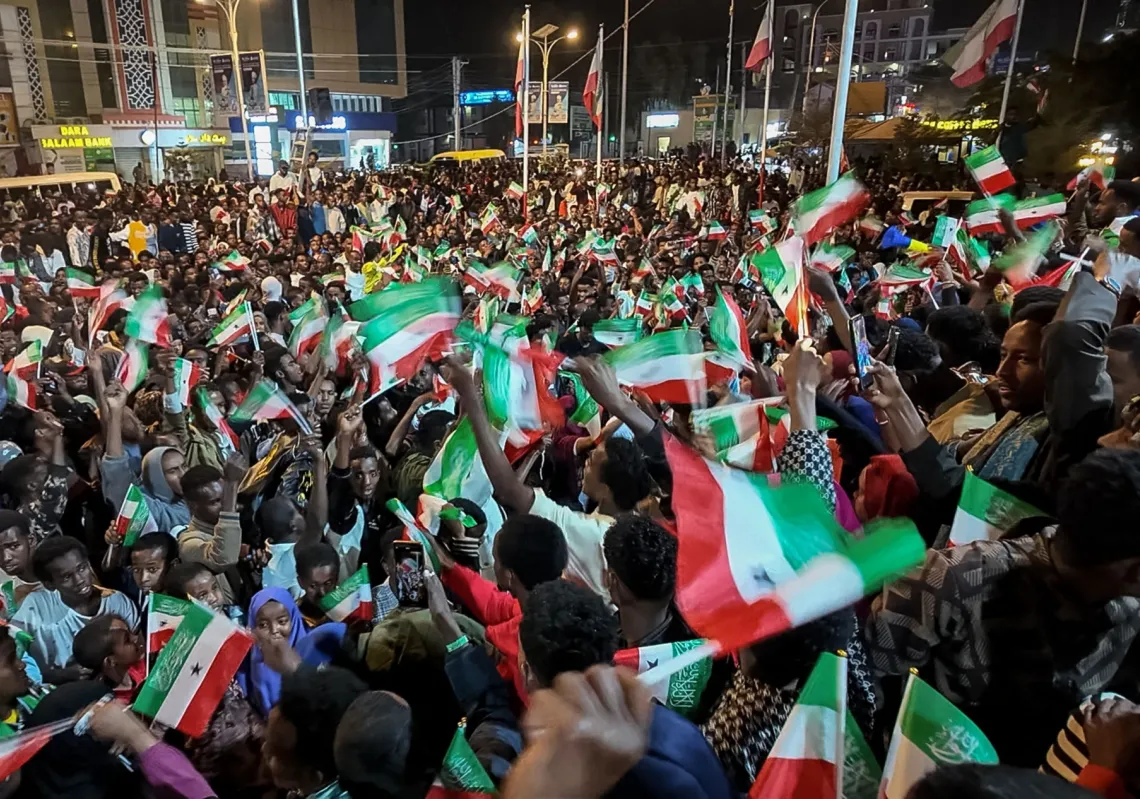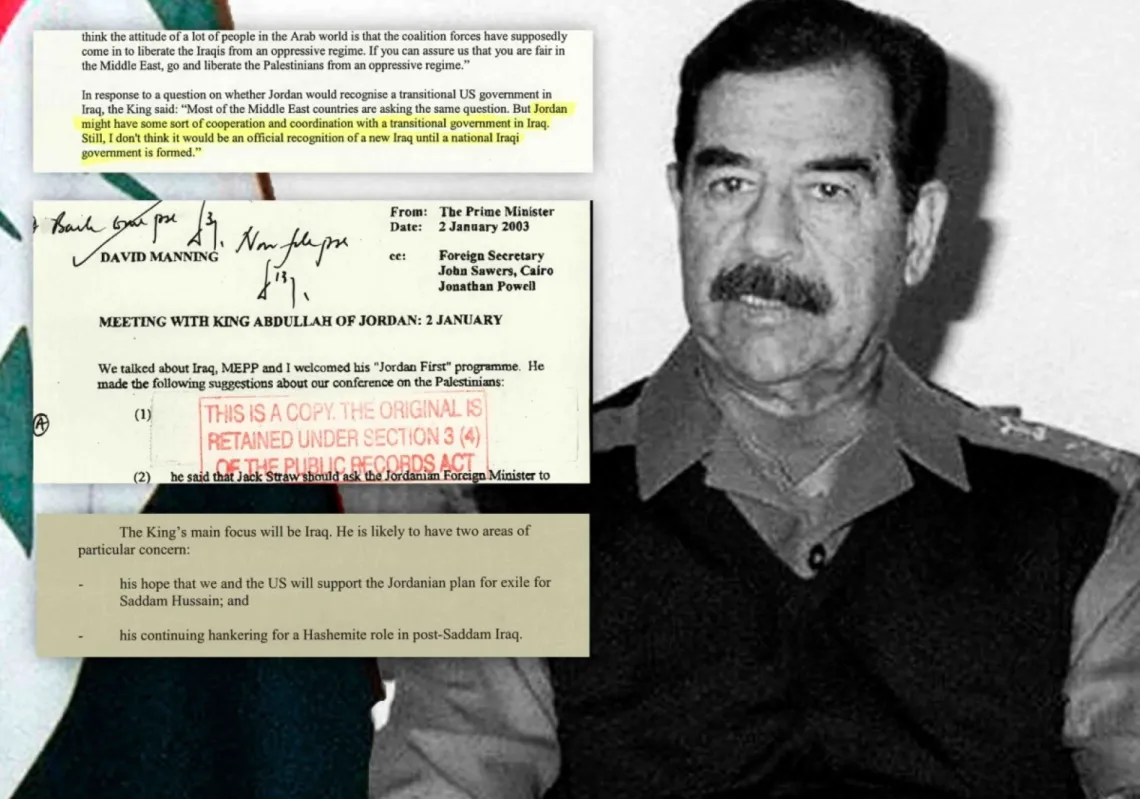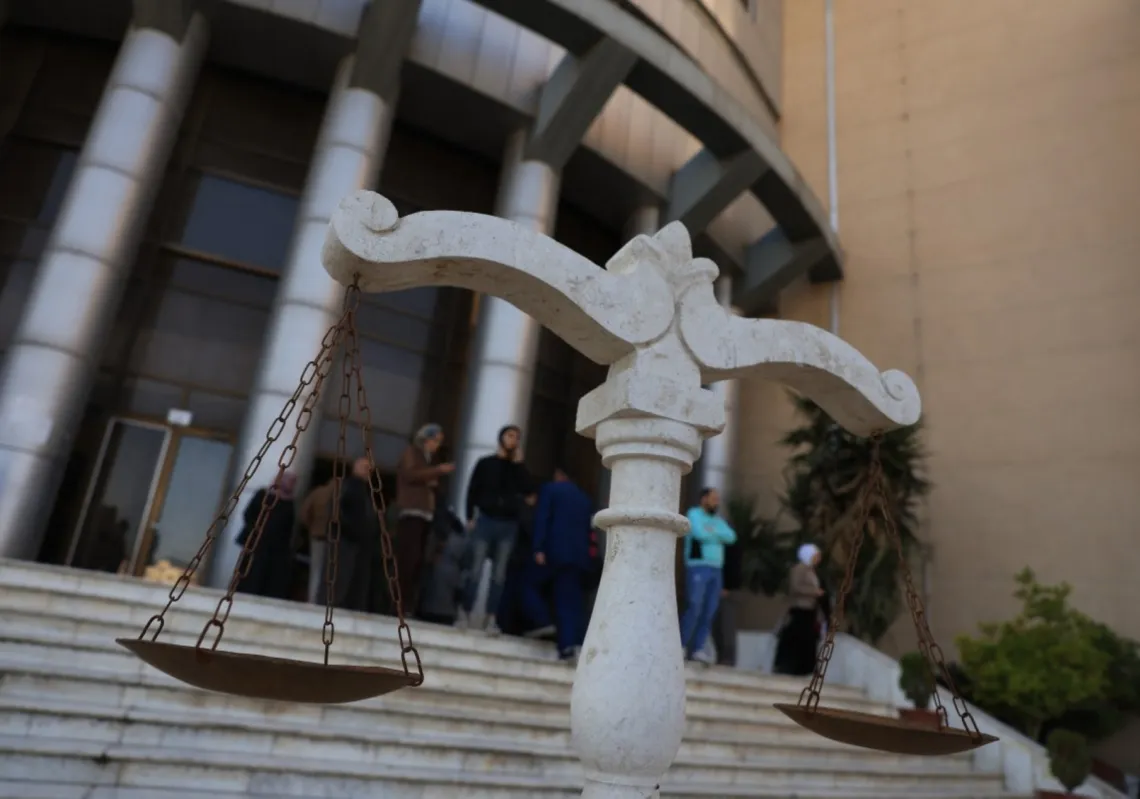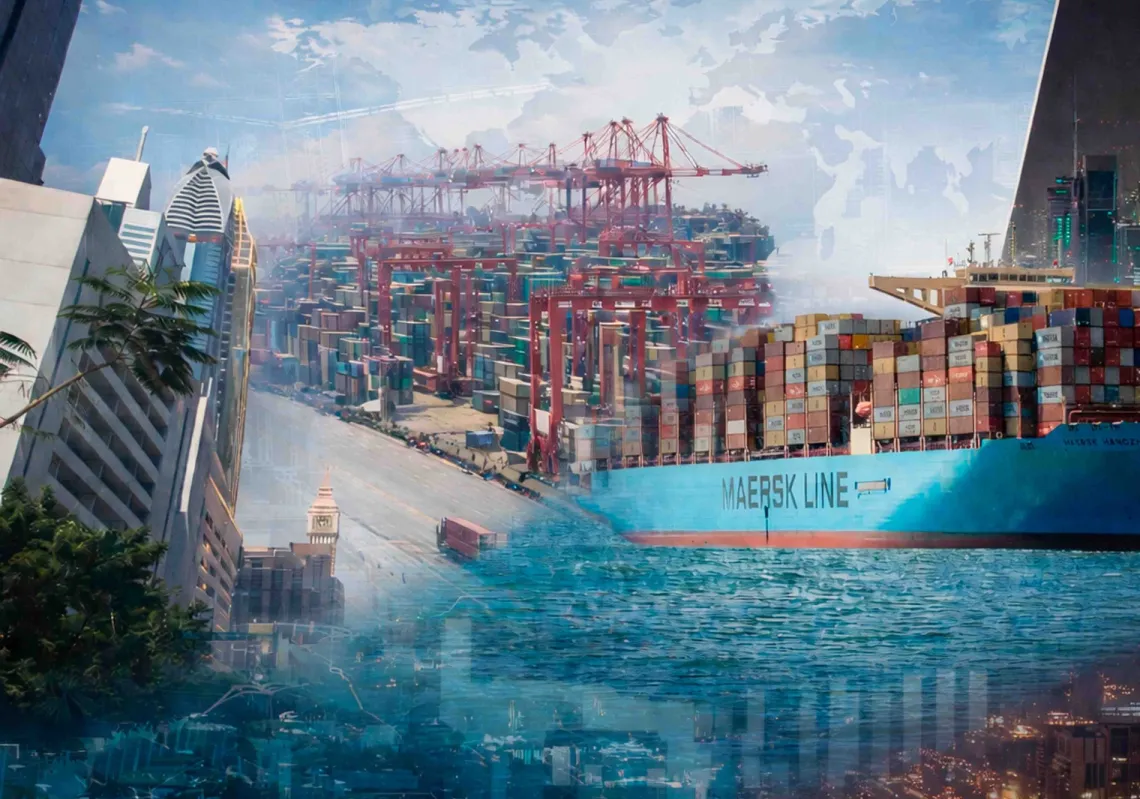Finally, Syria is free. Its people are able to determine their own future for the first time in nearly half a century. But can the new authorities regain control of Syrian territory, or will Damascus struggle in the same way Bashar al-Assad did in later years?
To the south, Israeli troops are now in a formerly demilitarised zone, the Americans still have a presence in the east, while to the north Turkish forces remain ensconced. While the Syrian people may have control of Damascus, vast swathes of Syrian territory are still controlled by others.
Of the interlopers, Israel is the most recent, and is perhaps the biggest cause for concern, given that Israeli Prime Minister Benjamin Netanyahu has stated that he intends to reshape the Middle East to better suit Israeli interests. What are his plans?
Territory and assets
Under the guise of removing actual, potential, or concocted threats, he has taken military action in Palestinian territories, Lebanon, Yemen, and Syria. It is a policy that has no regard for peaceful relations with neighbours.
It started in Gaza, which is now virtually uninhabitable and vulnerable to open-ended Israeli control, including settlement. After pressure from Washington, Israel then modified its plans for southern Lebanon, but still wants to create a buffer zone along the border, leaving the door open for future Israeli military intervention in the state.
In Syria, Israel exploited the collapse of the Syrian army, declared that a 1974 disengagement agreement was no longer valid, and occupied the Syrian territory in which United Nations (UNDOF) observers are stationed, in clear violation of that agreement.














